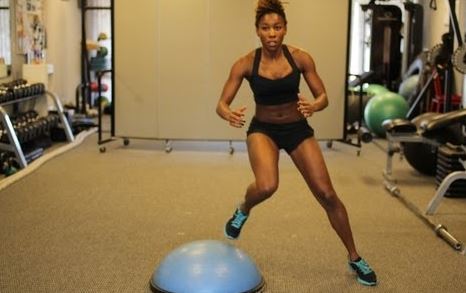
16 Jun Maintaining good balance when choosing footwear
Falls are the leading cause of fatal and non-fatal injuries among the elderly.
In 2010, 2.3 million fall injuries sent elders to the emergency room. These falls end up costing approximately $30 billion in direct medical costs. Nearly all of this can be attributed to poor balance and how important it really is to maintain good balance throughout our life.
As we age, we may lose our ability maintain good balance, which we all take for granted. As this ability deteriorates, we may be sitting still or standing, but feel as if everything is moving, which can be very distracting and uncomfortable to experience. In addition to balance training exercises, one thing that is completely overlooked in regards to balance is the type of shoes you wear. Especially if you have balance issues, the type of shoes you wear are integral to staying on your feet. Shoes that have no heel support, can be easily twisted, or having a toe box that is too flexible or too inflexible, can really hinder and prevent us from having good balance. When purchasing shoes, it’s important to always have both of your feet measured by a professional. It is also recommended that you buy shoes that cannot be twisted in the middle, have heel support, and have a toe box that isn’t too flexible but also isn’t too inflexible. Essentially, the shoe should feel near perfect so that you can increase how safe you are. Shoes like flip-flops or heels disrupt your body’s ability to stay balanced and increase the possibility of slips and falls.
Safety should be everyone’s primary concern, and balance is a huge part of that. Considering the alarming statistics regarding falls in the elderly, balance should be more of a focal point as we get older and become more at risk for falls. On top of specific shoes, we should also work on our balance through the possible use of physical therapy, whether we suffered an injury or not.


